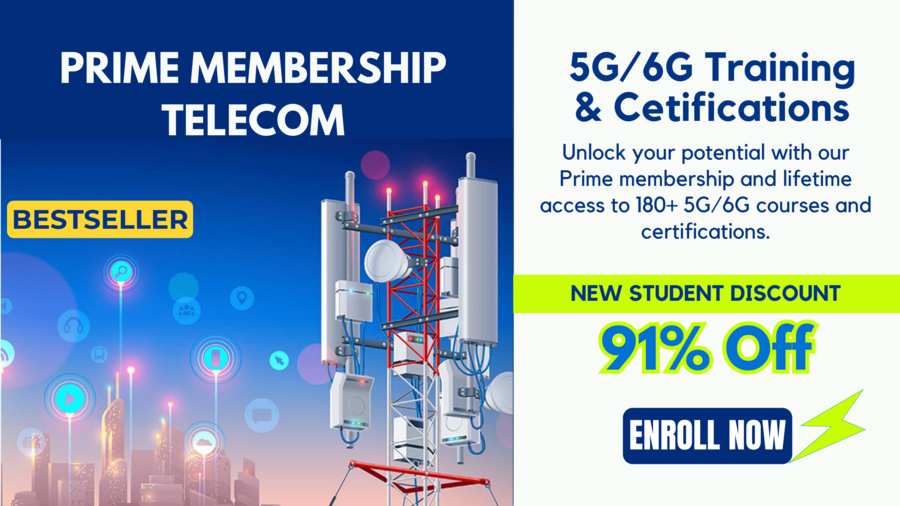4g radio

4G Basics:
4G stands for Fourth Generation, and it's the fourth generation of broadband cellular network technology succeeding 3G. The main objective of 4G was to provide faster data transfer rates, improved network reliability, and enhanced user experience compared to its predecessors.
4G Radio Access Network (RAN):
The Radio Access Network (RAN) is a critical component of 4G networks. It consists of base stations, antennas, and other equipment that connects users' mobile devices to the core network.
Technical Features of 4G Radio:
- Orthogonal Frequency Division Multiplexing (OFDM):
- 4G radio systems primarily use OFDM for modulation, allowing multiple users to transmit data simultaneously over a single channel.
- OFDM divides the available bandwidth into multiple orthogonal sub-carriers, enabling efficient data transmission with reduced interference and improved spectrum utilization.
- Multiple Input Multiple Output (MIMO):
- 4G incorporates MIMO technology, which uses multiple antennas at both the transmitter and receiver ends.
- MIMO enhances the data throughput and system capacity by transmitting multiple data streams simultaneously over the same frequency band.
- By exploiting spatial diversity and multipath propagation, MIMO improves signal quality, coverage, and spectral efficiency.
- Advanced Modulation Schemes:
- 4G supports advanced modulation techniques such as 64-QAM (Quadrature Amplitude Modulation) and 256-QAM, allowing higher data rates compared to earlier generations.
- These modulation schemes increase the number of bits transmitted per symbol, thereby improving the spectral efficiency and overall network capacity.
- Carrier Aggregation:
- 4G introduced carrier aggregation, enabling the aggregation of multiple carriers or frequency bands to increase bandwidth and data rates.
- By combining multiple carriers, 4G networks can achieve higher peak data rates and enhanced network performance.
- Enhanced Packet Core (EPC):
- The EPC is a fundamental component of the 4G core network architecture, responsible for managing user sessions, mobility, and data routing.
- EPC ensures seamless connectivity, efficient data handling, and advanced network functionalities such as Quality of Service (QoS) management.
Key Benefits of 4G Radio:
- Higher Data Rates: 4G offers significantly faster data transfer rates compared to previous generations, supporting bandwidth-intensive applications such as video streaming, online gaming, and cloud services.
- Improved User Experience: With enhanced network performance, reduced latency, and increased capacity, 4G delivers a superior user experience with seamless connectivity and high-speed data services.
- Efficient Spectrum Utilization: Through advanced technologies like OFDM, MIMO, and carrier aggregation, 4G optimizes spectrum usage, enabling operators to accommodate more users and services within the available frequency bands.
4G radio systems leverage advanced technologies such as OFDM, MIMO, and carrier aggregation to deliver high-speed, reliable, and efficient wireless communication services. These technical features enable 4G networks to support a wide range of applications, enhance user experience, and meet the growing demand for mobile broadband connectivity.
